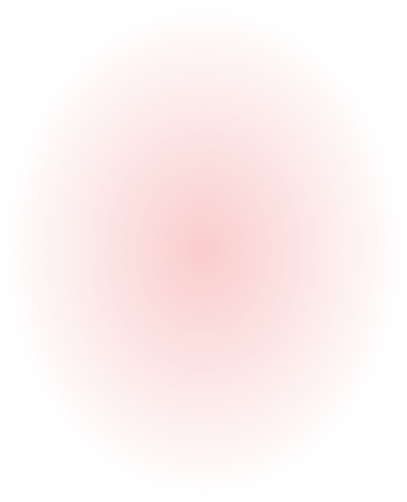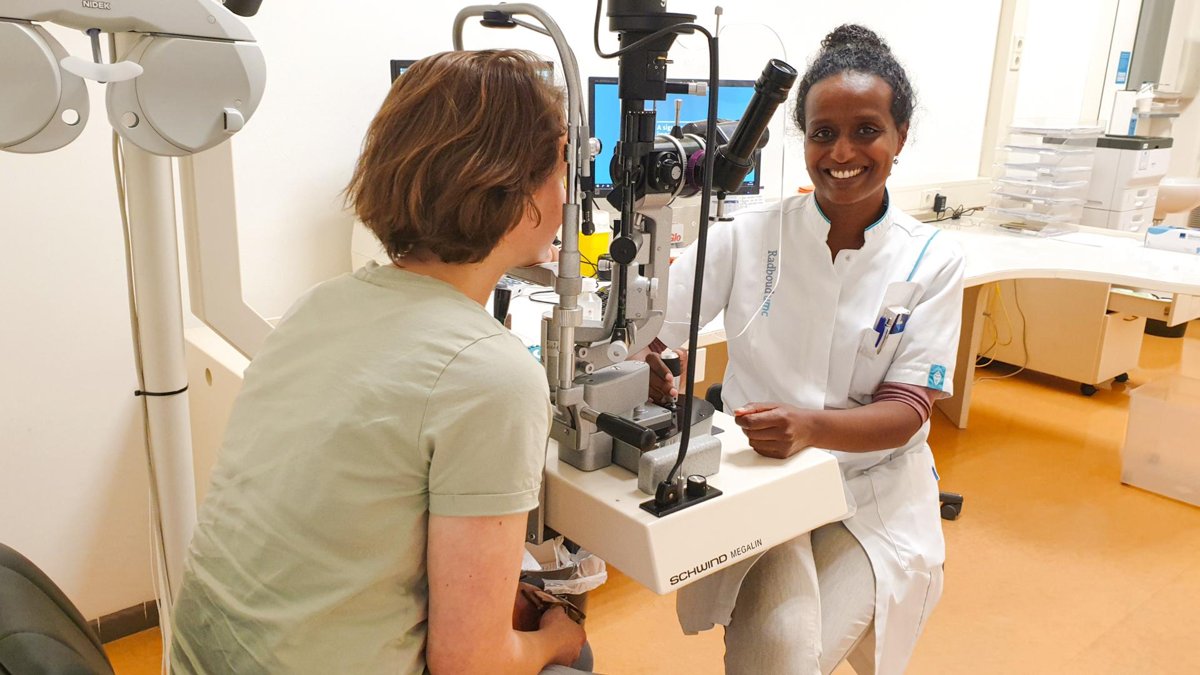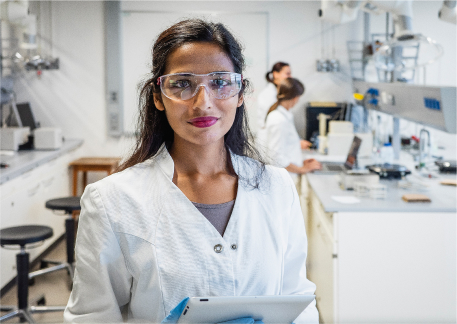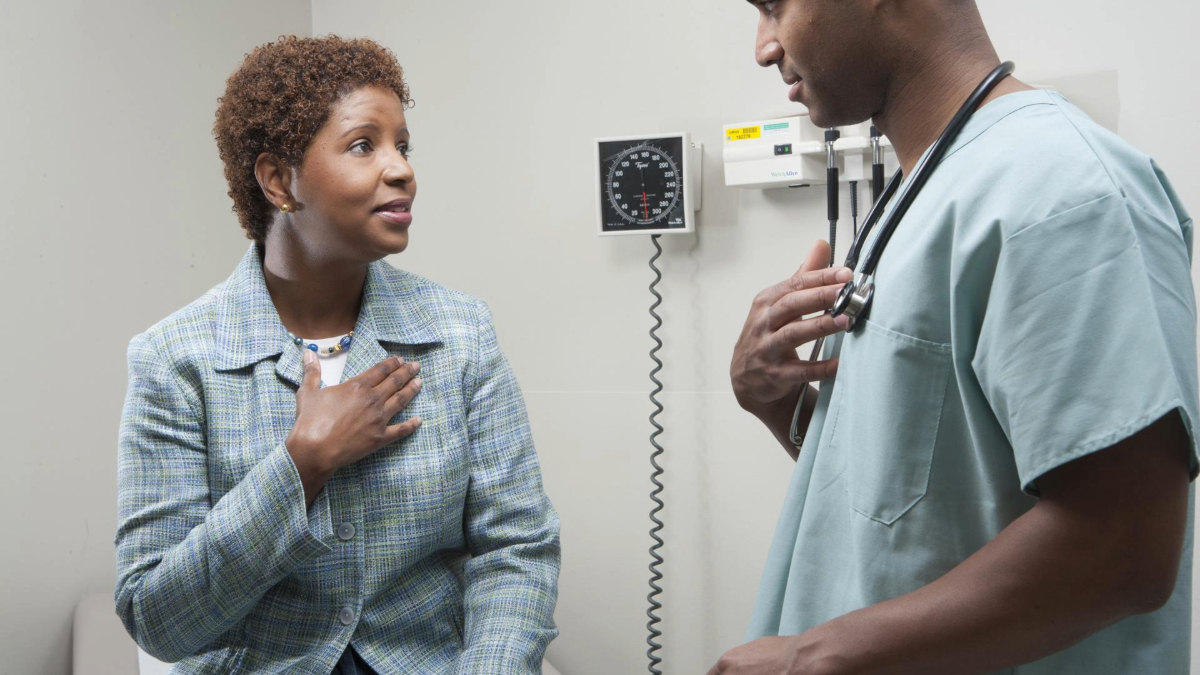Phases of Clinical Trials

A company must first complete three phases in the clinical trial process before it can submit its experimental drug to the Food and Drug Administration (FDA) for approval to sell. Each stage of a clinical trial has its own purpose in ensuring that the treatment is safe and effective for public use.
Phase 1 Clinical Trial
The purpose of a Phase 1 Clinical Trial is to ensure that the treatment is safe for humans. Researchers will also examine the appropriate dose range, how the experimental drug interacts with body, and how the body processes the drug.
How it works:
- Testing normally takes place with a small group of healthy volunteers.
- The trial sponsor monitors for potential “serious adverse events.” This includes any toxic, undesirable, or unwanted effect that causes death or danger to health, such as a disability or permanent damage, birth defect, heart attack, or other serious medical condition.
- At the end of Phase 1, the results are collected, analyzed, and submitted to the FDA for permission to proceed to Phase 2 Clinical Trials.
- If the results show that the treatment was associated with one or more serious adverse events, then the FDA may not give permission to proceed to Phase 2. Normally, testing of that treatment is discontinued.
- If the trial meets the primary outcome(s) as defined in the initial study design, then the FDA permits the treatment to proceed to Phase 2 Clinical Trial(s).
Sometimes, a treatment has already received approval for using in treating another disease (for example, a cancer drug may be tested for the treatment of Alzheimer’s or macular degeneration). This is called “repurposing” a drug. This approach can shorten the clinical trial process, or permit the acceleration into a Phase 2 clinical trial because the safety profile has already been examined.
Phase 2 Clinical Trial
The purpose of a Phase 2 Clinical Trial is to determine the right dosage and effectiveness in treating a particular disease. The safety profile will be continuously monitored.
How it works:
- Testing normally takes place with a larger number of volunteers who have the disease.
- Trial sponsors will sometimes assign participants to different treatment groups, in which each group receives different doses or delivery of the treatment.
- Normally, a control group will receive the current standard of care, another type of treatment on the market for that disease if already available, or a placebo treatment (i.e. a sugar pill or harmless injection that does not contain the treatment).
- The health of the group(s) of patients who received the different types of treatment is then compared to the control groups.
- If the results show that the treatment did not work better than placebo or caused unexpected serious adverse events, the FDA may not give permission to proceed to Phase 3. Normally, testing of that treatment is discontinued.
Phase 3 Clinical Trial
A Phase 3 Clinical Trial involves a much larger group of volunteers to examine the safety and efficacy of an experimental treatment on a larger scale. Increasing the group size is important, as researchers want to make sure their results are applicable to the general population affected by the target disease or condition.
How it works:
- A Phase 3 Clinical Trial usually involves assigning participants to treatment or control groups.
- There can be multiple treatment groups, especially if the treatment involves a combination of drugs or different components. A control group will receive either the current standard of care regimen or a placebo treatment.
- After completion of Phase 3 Clinical Trials, the participants’ health who received the different types of treatment are compared to the control groups.
- If the results show that the treatment did not work better than placebo or the current standard of care– or even caused an acceleration of the disease or other unexpected serious adverse events– the FDA may not give permission to proceed to apply for a New Drug Application (NDA).
- An NDA contains all of the discoveries made at every stage of the process (starting from the Basic Research/Drug Discovery through to the results of the Phase 3 Clinical Trials), and is submitted to the FDA for their consideration to approve the sale of the treatment.
Monitoring Post-FDA Approval
After the treatment is approved by the FDA and the company begins large-scale manufacturing, the process enters what is called Phase 4 Clinical Trial, sometimes called post-market surveillance.
How it works:
- The FDA monitors for public safety and potentially serious adverse events for the entire time a treatment is on the market.
- The FDA has a service called MedWatch, where health professionals, the treatment company, or anyone in the public can report a serious adverse event they believe is associated with a particular drug or treatment (reports can be made online, by mail or e-mail, or by phone).
- Phase 4 post-marketing clinical trials may be mandatory or optional to obtain further information about the risks, benefits, and long-term effects or to test the product in special patient populations.
The FDA provides a wide variety of information about all of the drugs currently for sale on the U.S. market (see Sources of Information).







